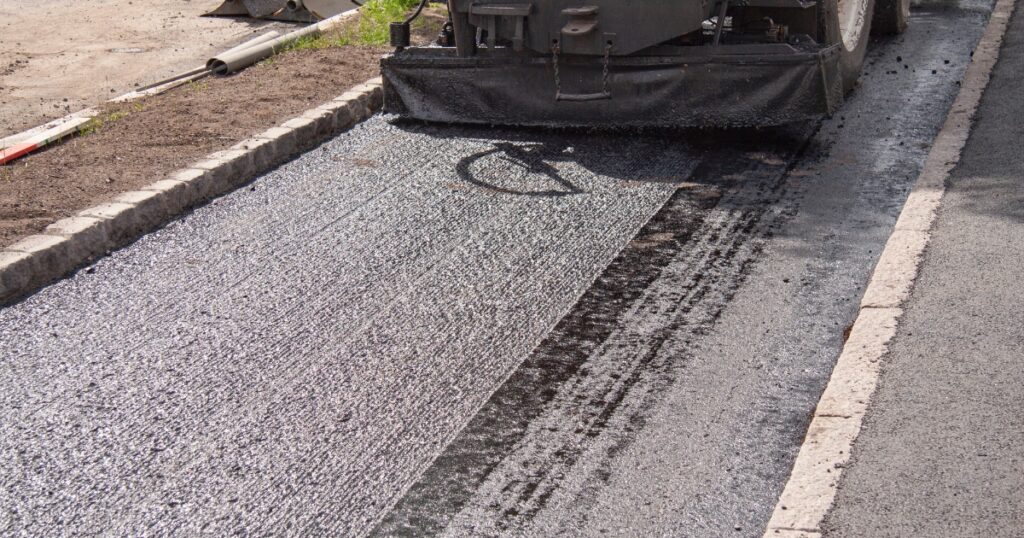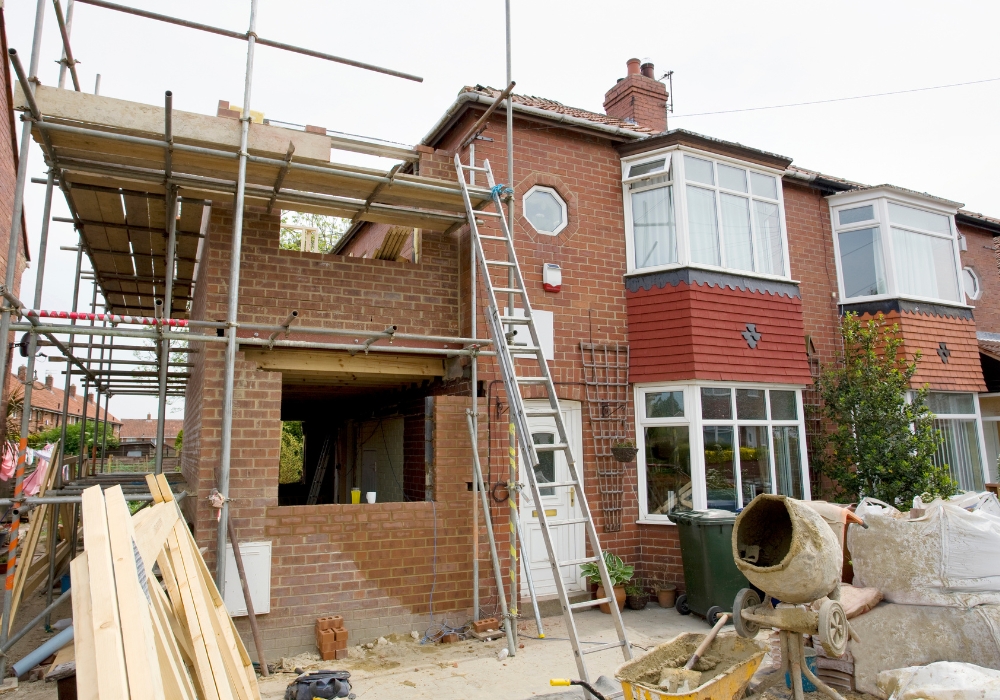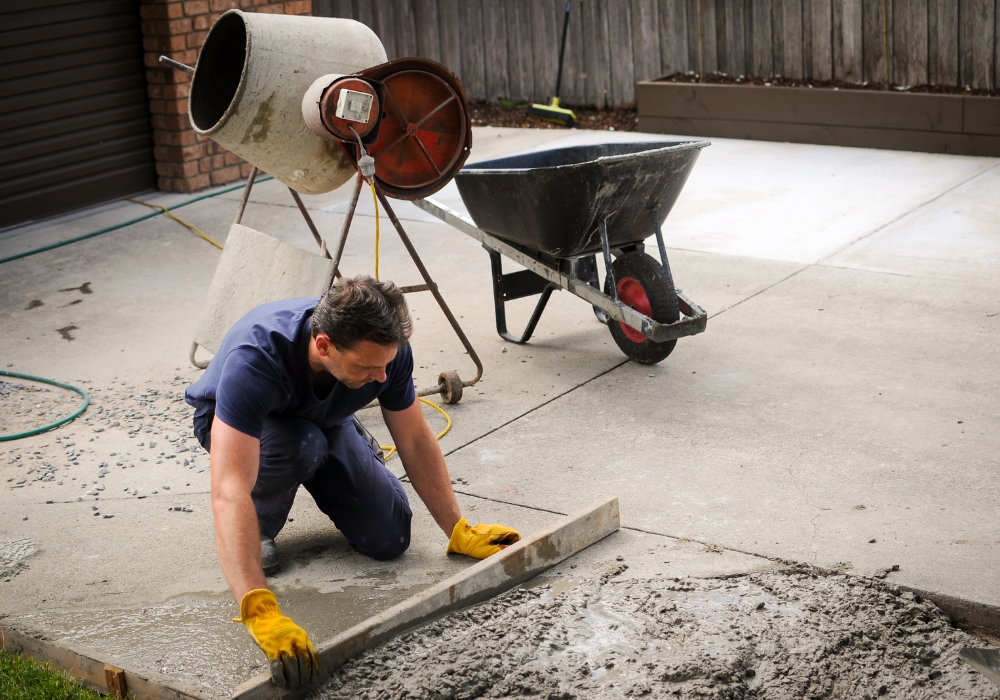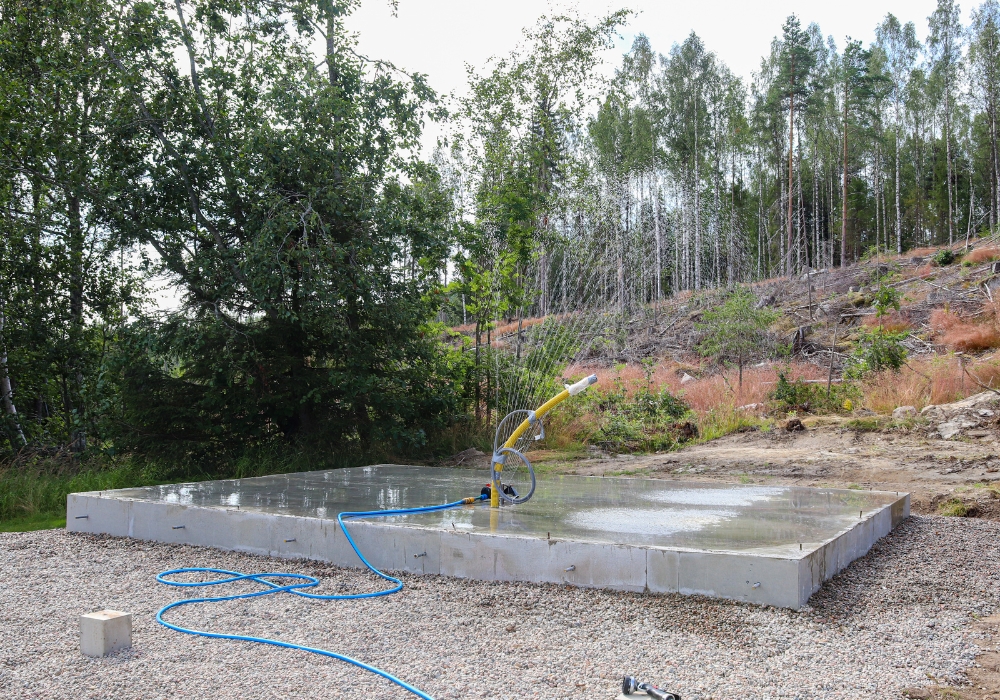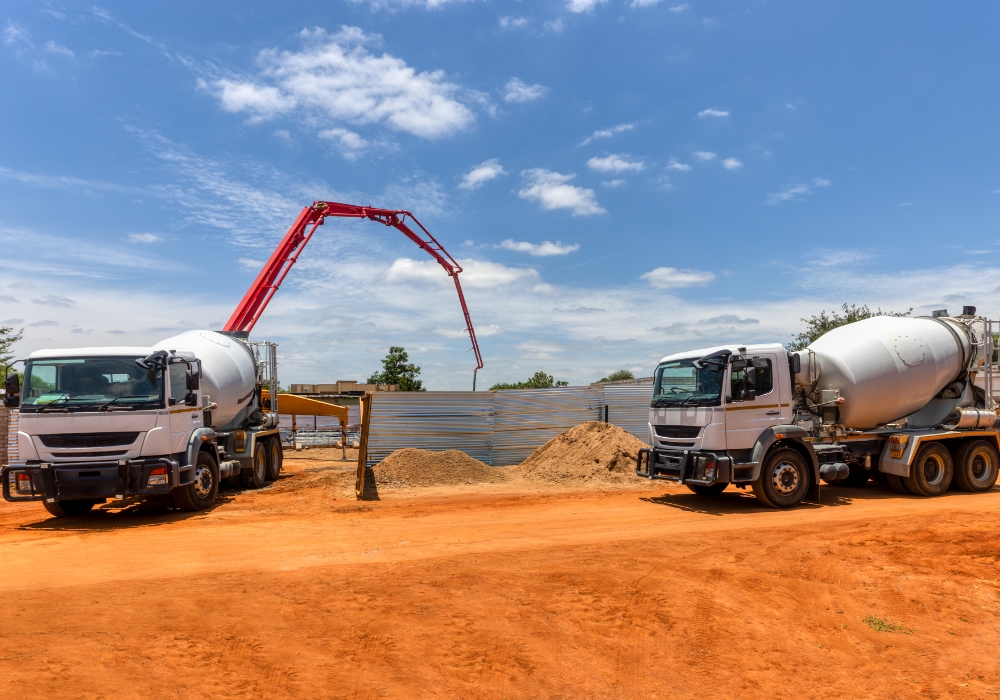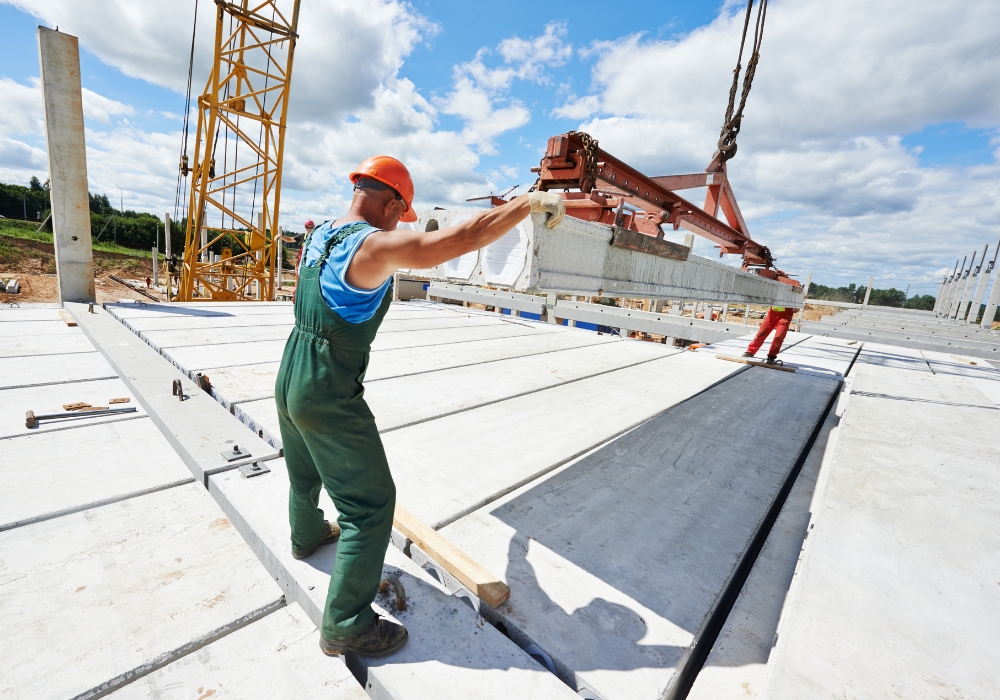Concrete is a durable and versatile material used in various applications, from driveways and patios to industrial floors and countertops. Over time, however, concrete surfaces can show signs of wear and tear, such as cracks, stains, and general ageing. When this happens, you might think the only solution is to tear out and replace the old concrete. Fortunately, there’s a more cost-effective and less disruptive option: concrete resurfacing. This article explores what concrete resurfacing involves, its benefits, and why it might be the ideal solution for your ageing surfaces.
What Is Concrete Resurfacing?
Concrete resurfacing is a process where a thin layer of a special concrete mix is applied over an existing concrete surface. This layer can be used to repair damage, enhance the appearance, or modify the surface’s texture. Resurfacing is typically done with a polymer-modified overlay, which includes additives that improve adhesion and durability. It’s a popular choice for revitalising old concrete without the need for extensive demolition and replacement.
Benefits of Concrete Resurfacing
Cost-Effective Solution
One of the most significant advantages of concrete resurfacing is its cost-effectiveness. Replacing an entire concrete slab can be expensive and labour-intensive. Resurfacing, on the other hand, requires less material and labour, which translates to lower costs. It’s an excellent option for homeowners and businesses looking to refresh their surfaces without breaking the bank.
Quick and Convenient
Resurfacing can usually be completed in a fraction of the time it would take to replace the concrete. While the exact timeline can vary depending on the size of the area and the condition of the existing concrete, resurfacing often takes just a few days. This minimal downtime makes it a convenient choice for both residential and commercial properties.
Aesthetic Improvements
Concrete resurfacing can dramatically improve the appearance of old surfaces. You can choose from a variety of finishes and colours to match your design preferences. Whether you’re looking for a sleek, modern look or a more traditional appearance, resurfacing offers numerous options to enhance your concrete’s aesthetic appeal.
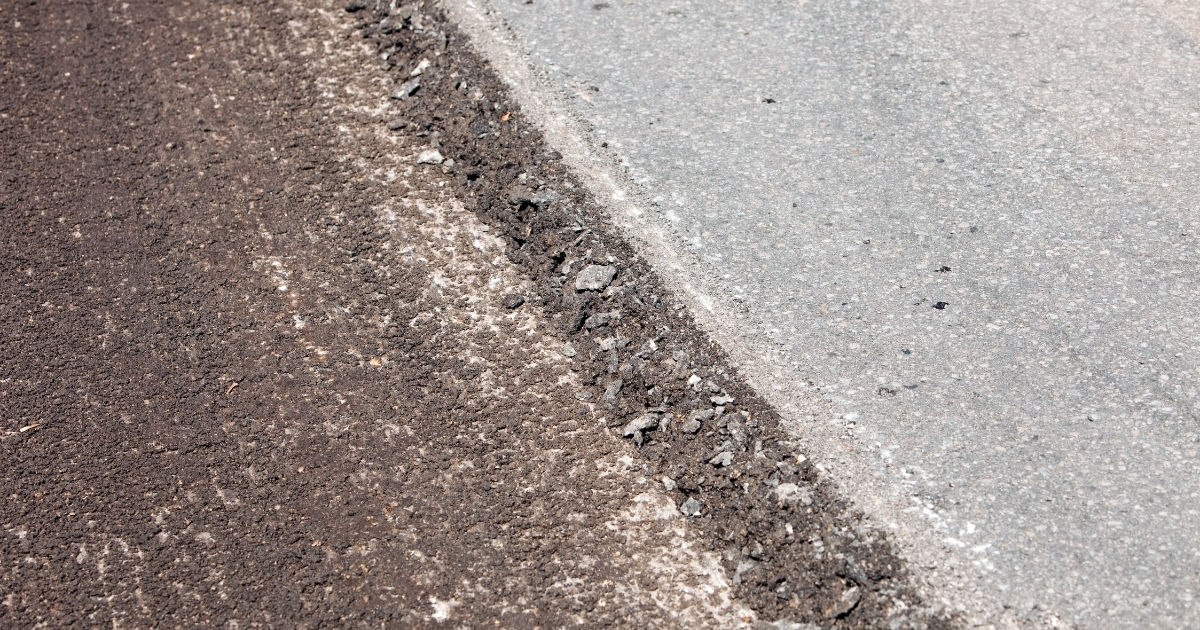
Ideal Surfaces for Resurfacing
Driveways and Walkways
Driveways and walkways often suffer from cracks, stains, and general ageing due to exposure to the elements. Resurfacing can breathe new life into these surfaces, making them look as good as new. It also helps to seal and protect the underlying concrete from further damage.
Patios and Pool Decks
Patios and pool decks are subject to heavy use and can develop unsightly damage over time. Resurfacing these areas not only restores their appearance but also provides a slip-resistant surface, which is especially important around pools. The ability to add decorative patterns or textures can further enhance the look of these outdoor spaces.
Commercial Floors
In commercial settings, floors must endure heavy foot traffic and the occasional spill or stain. Resurfacing can address these issues by creating a smooth, durable surface that is both functional and visually appealing. Additionally, resurfacing can include anti-slip additives, improving safety in busy commercial environments.
How Concrete Resurfacing Works
Preparation
The first step in concrete resurfacing is thorough preparation. This involves cleaning the existing surface to remove dirt, grease, and any loose debris. In some cases, cracks and holes may need to be repaired before the resurfacer is applied. Proper preparation ensures that the new layer adheres well and performs optimally.
Application
Once the surface is prepared, the resurfacing mix is applied. This mix is usually spread over the existing concrete using a squeegee or trowel, and then it’s smoothed out to create a uniform finish. Depending on the desired look, the mix can be tinted or textured. After application, the surface is allowed to cure for a specified period, typically around 24 to 48 hours.
Maintenance
After resurfacing, the concrete surface requires some maintenance to keep it looking good. Regular cleaning and periodic sealing can help protect the new surface from stains and damage. It’s also essential to address any issues promptly to ensure the longevity of the resurfaced area.
Choosing the Right Resurfacing Option
Consult a Professional
While concrete resurfacing is a manageable DIY project for some, it’s often best to consult a professional. They can assess the condition of your existing concrete, recommend the best resurfacing products, and ensure a high-quality finish. Professionals also have the experience to handle complex resurfacing jobs, ensuring that the result meets your expectations.
Consider the Climate
Your local climate can affect the choice of resurfacing materials and techniques. In regions with extreme temperatures or heavy rainfall, it’s essential to select products that can withstand these conditions. A professional can guide you in choosing materials that offer durability and performance suited to your climate.
Revive Your Old Concrete Today!
Concrete resurfacing is an excellent way to rejuvenate ageing surfaces without the hassle and expense of full replacement. It offers a cost-effective, quick, and aesthetically pleasing solution that can transform the look and functionality of your concrete areas. Whether you’re sprucing up your driveway, patio, or commercial floors, resurfacing can provide a fresh start and restore your surfaces to their former glory. So, why wait? Revive your old concrete today and enjoy a renewed, attractive surface that enhances your property’s value and appeal.
